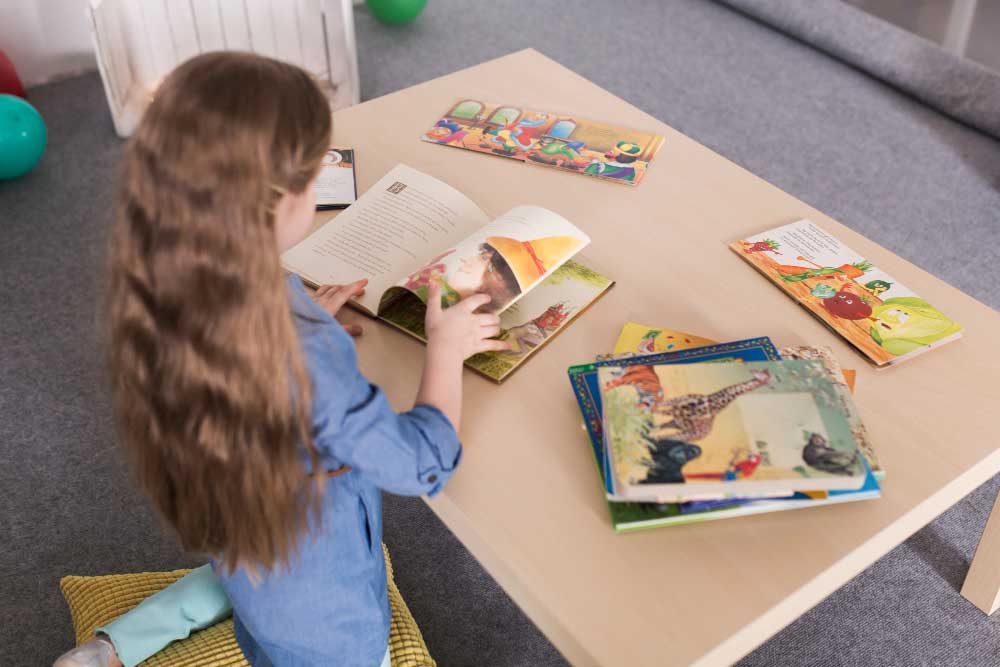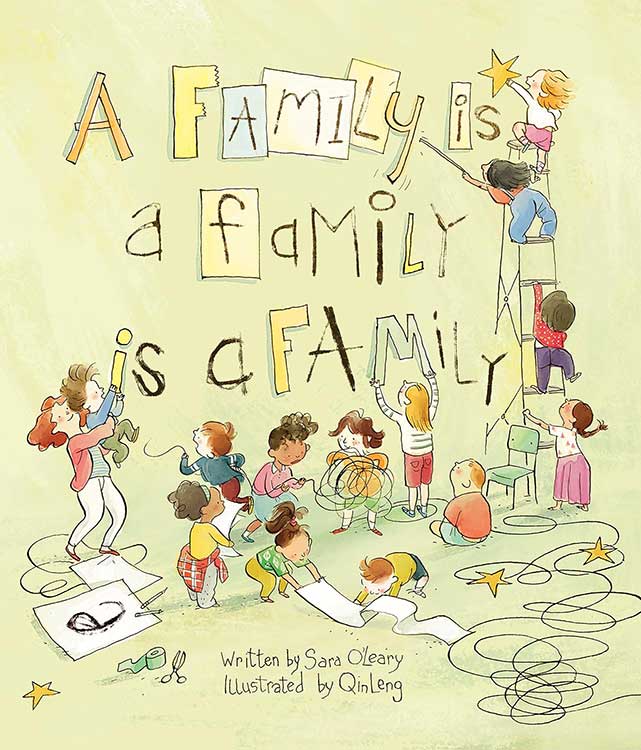On this page
Selecting a quality text is a key part of planning engaging and worthwhile literacy experiences for young children. By considering the suitability of a text, its literary merit, and its potential points of discussion, teachers can create meaningful reading experiences that encourage understanding, support language development, and develop a love of reading. By the end of this article, you will be able to choose a quality text and define key literary focuses for your students.
What Makes a Text ‘Quality’?
Every text holds value in its own way. At the time of publication, an author considers their work meaningful and impactful. However, when selecting texts for early year reading, the criteria for quality extend beyond themes and/or personal preferences.
A quality text in teaching must support children in reading strategically. These texts should also promote reading for pleasure, moral and thematic engagement, vocabulary and fluency development, and more. The following two sections will explore key considerations for selecting a text for both enjoyable and strategic reading.
Understanding Children
Whether you have a text in mind or are searching for one, the first thing to do is to establish how it is relevant to your students. You need to understand how a text connects with the cohort’s interests and level of development. Consider the following:
- Age Appropriateness
- Are the materials (e.g., story, illustration, language…) in line with your students’ cognitive and emotional maturity?
- Will it interest and challenge their thinking, but not frustrate them?
- Engagement Potential
- Is the story, characters, or topic interesting enough to keep young learners focused?
- Accuracy and Credibility
- For non-fiction or culturally significant texts, is the information accurate and presented in a respectful manner?
- Does the text reflect diversity of perspectives?
If the answers are yes, you can move forward to the next section, which delves deeper into the learning part.
Exploring Text Features
According to Talk for Writing and Talk for Reading consultant Jamie Thomas (2022), effectively integrating a text into teaching involves analysing its literary elements. These may include:
- Main Themes, Ideas, or Arguments: Recognising the heart of the text and the connections to broader learning areas in the curriculum.
- Role of Characters, Issues, or Information: Identifying main characters, conflicts, or significant facts in non-fiction.
- Role of Setting, Mood, and Tone: Discussing how setting contributes to the story and how mood and tone impact interpretation.
- Point of View: Considering how the writer’s, narrator’s, characters’ or students’ point of view determines meaning.
- Structure of the Text: Understanding the structure of the story or information (e.g., sequence, cause and effect, problem-solving).
- Use of Language: Analysing vocabulary, figurative language, and stylistic choices that enrich understanding.
By analysing a text through these elements, you can evaluate its potential by asking yourself:
- Does the text provide strong discussion opportunities?
- Do they serve my kids’ current needs?
- Does it offer enough depth to explore my intended/focused elements?
- How can I connect these elements to writing lessons for extension? (In case you want to link to Talk For Writing lessons)
If the text’s literary elements align with your teaching focuses, you can start defining the unit synopsis, in which learning intentions and successful criteria are thoughtfully listed (e.g., The unit synopsis of A Family is a Family is a Family). From there, consider how to design activities that support these focuses. In the next article, we will look at the reading skills needed for early years students in general and see how we can embed them in our reading unit.
Limitations
This article focuses on reading, or being-read-to, experiences rather than phonics or decoding. Unlike decodable texts, the quality texts discussed here emphasise storytelling, meaning, and discussion. Additionally, some literary elements, such as language use and text structure, are taught to enhance comprehension rather than composition. Therefore, if you want children to use these elements as tools for creating texts, they should be explicitly explored in writing lessons. At that point, children will engage with the text as writers, not just as readers.
Case Study
References
- Thomas, J. (2022, May). Planning a Talk for Reading unit (KS1) [PDF]. Talk for Writing. https://www.talk4writing.com/wp-content/uploads/2022/05/Planning-a-Talk-for-Reading-unit-KS1-JT.pdf






Leave a Reply